For many parts of Japan, this week is the Obon season. This is the time when several generations of family members all come together in one house for a visit. Luckily for the hosts, the vast majority of these relatives are ghosts so don’t take up a lot of space.
But even though they’re ghosts it’d be rude not to lay out some food for them, and so it’s not uncommon to place some snacks or beverages on graves or family altars in the home. Among these you might find shoryo uma, little animals made of cucumber and eggplant meant symbolize animals which carry the spirits to and from the otherworld.
Traditionally these tiny animals are made by jabbing four sticks into the vegetable for legs. The result is quaint but kind of looks like something I’d slap together for my third grade art project so I could get back to playing Dragon Warrior – hardly something fit for the people who paved the way for your existence to ride in on! As such some people in Japan have begun pimping their shoryo uma to make sure their ancestors’ rides are safe, comfy, and in some cases kind of epic.
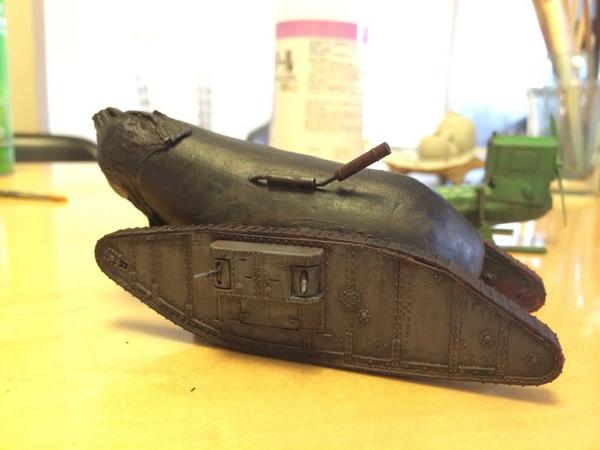
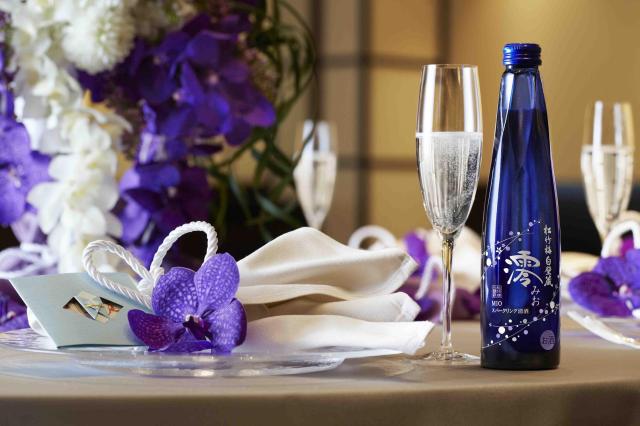
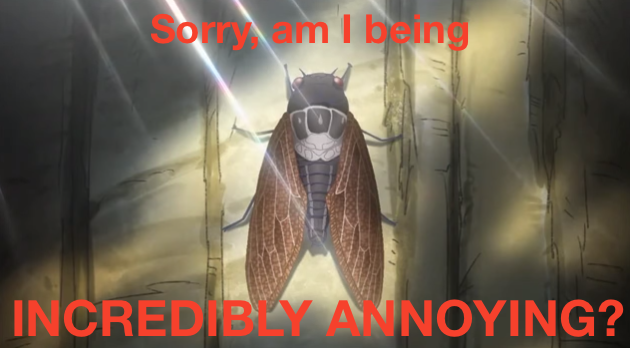

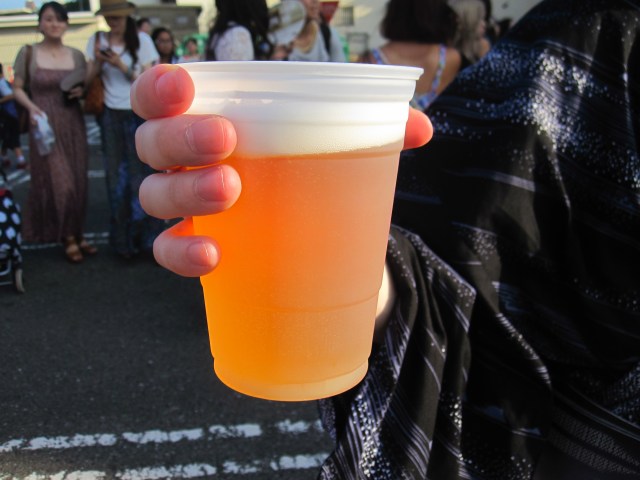
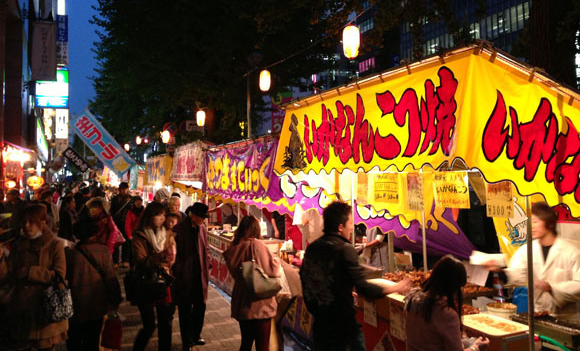
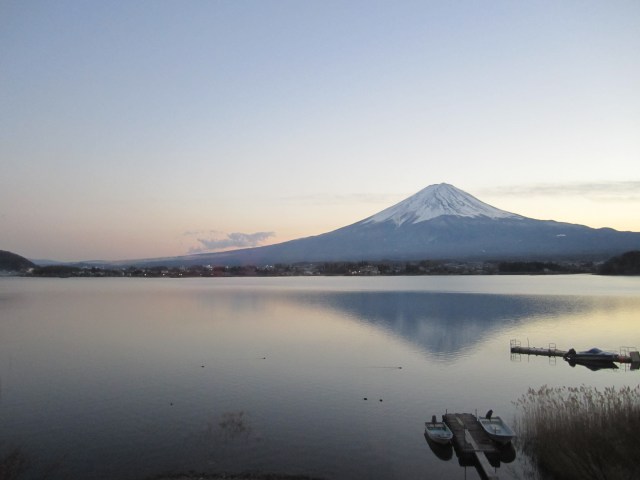

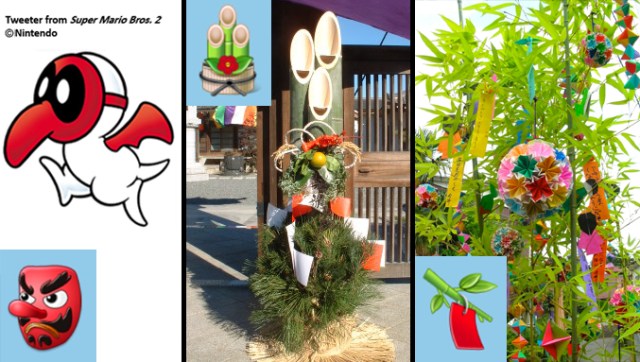
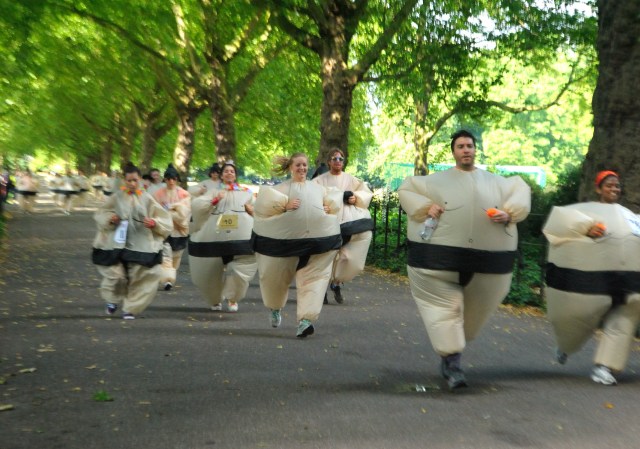
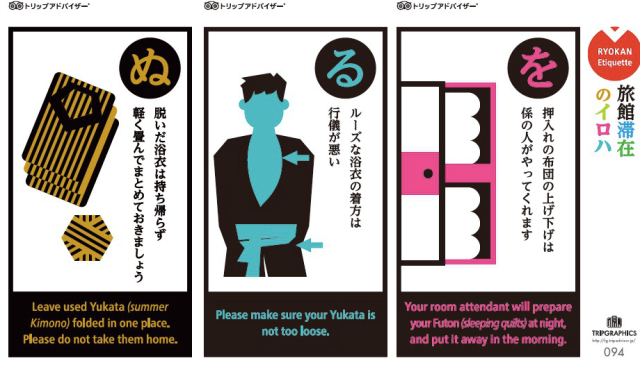
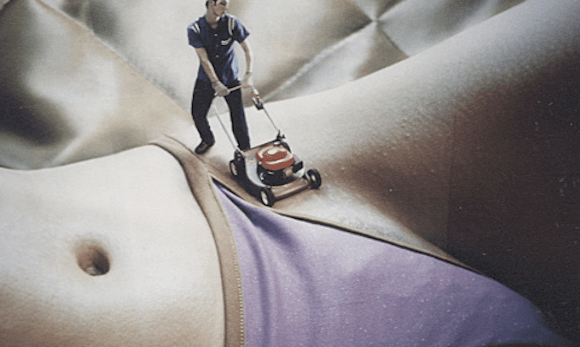
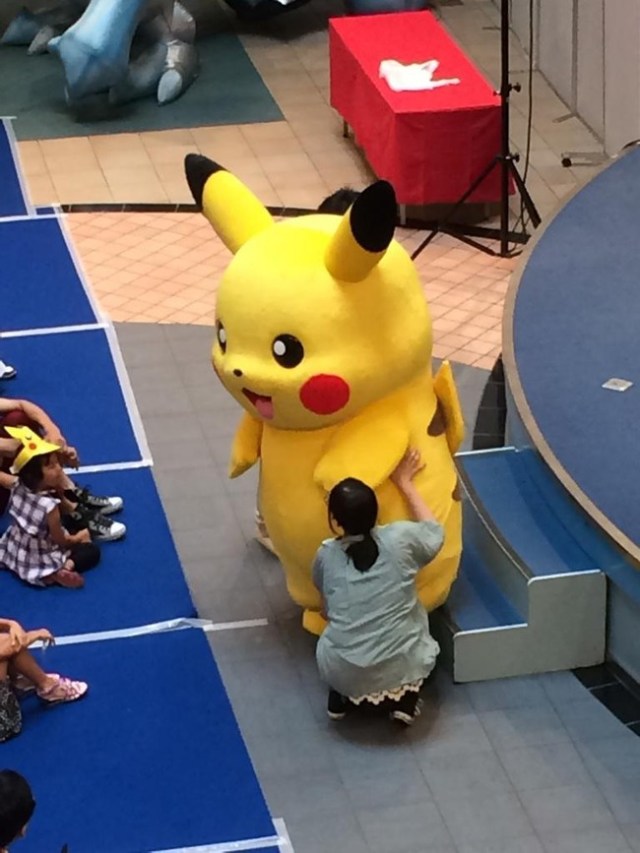

 Mt Fuji convenience store becomes “lawless zone” as tourists hurl abuse at security guards
Mt Fuji convenience store becomes “lawless zone” as tourists hurl abuse at security guards Eight unforgettable hot springs, as recommended by Japan’s “Professor Bath”
Eight unforgettable hot springs, as recommended by Japan’s “Professor Bath” Japan’s workplace drinking party communication is unnecessary, says majority of workers in survey
Japan’s workplace drinking party communication is unnecessary, says majority of workers in survey Drinkable Mayo on sale at Japanese convenience stores for mayonnaise fanatics
Drinkable Mayo on sale at Japanese convenience stores for mayonnaise fanatics How often do Japanese people search for their ex online?【Survey】
How often do Japanese people search for their ex online?【Survey】 8 types of chikan perverts found on Japanese trains
8 types of chikan perverts found on Japanese trains Travel tip: Fukuoka has a great luggage delivery service that’s cheaper than a coin locker
Travel tip: Fukuoka has a great luggage delivery service that’s cheaper than a coin locker Late-night cake cafe in Tokyo’s hostess/host bar district will satisfy your confectionary desires
Late-night cake cafe in Tokyo’s hostess/host bar district will satisfy your confectionary desires The new Ranma 1/2 anime is here! So is it worth watching?【SoraReview】
The new Ranma 1/2 anime is here! So is it worth watching?【SoraReview】 Freshness Burger’s Cilantro Chicken Burger returns with an extra flavor and triple the cilantro
Freshness Burger’s Cilantro Chicken Burger returns with an extra flavor and triple the cilantro Studio Ghibli releases new range of cardigans for anime fans
Studio Ghibli releases new range of cardigans for anime fans Berserk T-shirts coming to Uniqlo for launch of new Manga Curation line【Photos】
Berserk T-shirts coming to Uniqlo for launch of new Manga Curation line【Photos】 Kyoto Whopper divides customers at Burger King Japan
Kyoto Whopper divides customers at Burger King Japan Japanese burger chain no longer serves onion rings, but offers intriguing replacement【Taste test】
Japanese burger chain no longer serves onion rings, but offers intriguing replacement【Taste test】 Celebrating Good Couple’s Day in Japan…by getting our significant others to dress us
Celebrating Good Couple’s Day in Japan…by getting our significant others to dress us 7-Eleven Japan releases fukubukuro lucky bags filled with convenience store surprises
7-Eleven Japan releases fukubukuro lucky bags filled with convenience store surprises Taking the Kyoto overnight bus for the first time
Taking the Kyoto overnight bus for the first time Starbucks Japan reveals new holiday goods for the 2024 festive season
Starbucks Japan reveals new holiday goods for the 2024 festive season Beautiful Totoro bag returns, still requires jumping through an extra hoop to get, still worth it
Beautiful Totoro bag returns, still requires jumping through an extra hoop to get, still worth it Yakuza vending machines coming to real-world Tokyo neighborhood that inspired Like a Dragon games
Yakuza vending machines coming to real-world Tokyo neighborhood that inspired Like a Dragon games Nintendo’s controller capsule toys are so cool, even the machine you buy them from is awesome【Pics】
Nintendo’s controller capsule toys are so cool, even the machine you buy them from is awesome【Pics】 One of Japan’s most beautiful hot spring towns announces new limits on number of day trippers
One of Japan’s most beautiful hot spring towns announces new limits on number of day trippers Ghibli’s Princess Mononoke teams up with Foxfire for outdoor apparel collaboration【Photos】
Ghibli’s Princess Mononoke teams up with Foxfire for outdoor apparel collaboration【Photos】 Ghibli Park debuts first winter illumination display with Howl’s Moving Castle theme
Ghibli Park debuts first winter illumination display with Howl’s Moving Castle theme Tokyo Disneyland loses top-attendance crown for Japanese theme parks for second year in a row
Tokyo Disneyland loses top-attendance crown for Japanese theme parks for second year in a row Sanrio and magical girl anime PreCure join forces for new merch line【Photos】
Sanrio and magical girl anime PreCure join forces for new merch line【Photos】 Pringles releases a limited-edition sweet flavour in Japan
Pringles releases a limited-edition sweet flavour in Japan Japanese job-quitting service contacted by other job-quitting service because employee wants to quit
Japanese job-quitting service contacted by other job-quitting service because employee wants to quit After cancelling Halloween, Tokyo’s Shibuya neighborhood cancels New Year’s Eve too
After cancelling Halloween, Tokyo’s Shibuya neighborhood cancels New Year’s Eve too McDonald’s new Happy Meals offer up cute and practical Sanrio lifestyle goods
McDonald’s new Happy Meals offer up cute and practical Sanrio lifestyle goods Foreign tourists on Shinkansen bullet train break suitcase etiquette, angering local passengers
Foreign tourists on Shinkansen bullet train break suitcase etiquette, angering local passengers [Deleted] Article written for April Fool’s Day 2018
[Deleted] Article written for April Fool’s Day 2018 Japanese government to make first change to romanization spelling rules since the 1950s
Japanese government to make first change to romanization spelling rules since the 1950s Foreigner’s request for help in Tokyo makes us sad for the state of society
Foreigner’s request for help in Tokyo makes us sad for the state of society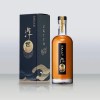 Ghibli founders Toshio Suzuki and Hayao Miyazaki contribute to Japanese whisky Totoro label design
Ghibli founders Toshio Suzuki and Hayao Miyazaki contribute to Japanese whisky Totoro label design Japanese convenience store Family Mart announces abolishment of eat-in spaces
Japanese convenience store Family Mart announces abolishment of eat-in spaces Princesses, fruits, and blacksmiths: Study reveals the 30 most unusual family names in Japan
Princesses, fruits, and blacksmiths: Study reveals the 30 most unusual family names in Japan Life-size vibrating Legend of Zelda Master Sword for sale from Nintendo【Photos】
Life-size vibrating Legend of Zelda Master Sword for sale from Nintendo【Photos】 Studio Ghibli releases free-download board game — Here’s how to play it without reading Japanese
Studio Ghibli releases free-download board game — Here’s how to play it without reading Japanese 8 types of chikan perverts found on Japanese trains
8 types of chikan perverts found on Japanese trains Travel tip: Fukuoka has a great luggage delivery service that’s cheaper than a coin locker
Travel tip: Fukuoka has a great luggage delivery service that’s cheaper than a coin locker Late-night cake cafe in Tokyo’s hostess/host bar district will satisfy your confectionary desires
Late-night cake cafe in Tokyo’s hostess/host bar district will satisfy your confectionary desires The new Ranma 1/2 anime is here! So is it worth watching?【SoraReview】
The new Ranma 1/2 anime is here! So is it worth watching?【SoraReview】 Freshness Burger’s Cilantro Chicken Burger returns with an extra flavor and triple the cilantro
Freshness Burger’s Cilantro Chicken Burger returns with an extra flavor and triple the cilantro Japanese convenience store fools us with its 40-percent-more sandwich, but in a good way
Japanese convenience store fools us with its 40-percent-more sandwich, but in a good way Kyoto cookies let you create your own edible 3-D forest world
Kyoto cookies let you create your own edible 3-D forest world Flying dango: Unique tourist site where Japanese sweets are flown to you over a gorge
Flying dango: Unique tourist site where Japanese sweets are flown to you over a gorge Hello Kitty isn’t a cat!? We called Sanrio to find out!
Hello Kitty isn’t a cat!? We called Sanrio to find out! Japan’s lap-pillow ear-cleaning salons aren’t just for pervy guys, we find out
Japan’s lap-pillow ear-cleaning salons aren’t just for pervy guys, we find out Ghibli’s Hayao Miyazaki says the anime industry’s problem is that it’s full of anime fans
Ghibli’s Hayao Miyazaki says the anime industry’s problem is that it’s full of anime fans Chikan molester runs away from Japanese schoolgirls at train station in Japan【Video】
Chikan molester runs away from Japanese schoolgirls at train station in Japan【Video】 We visit the full-scale Evangelion statue in Kyoto and particularly delight in the food tie-ins
We visit the full-scale Evangelion statue in Kyoto and particularly delight in the food tie-ins